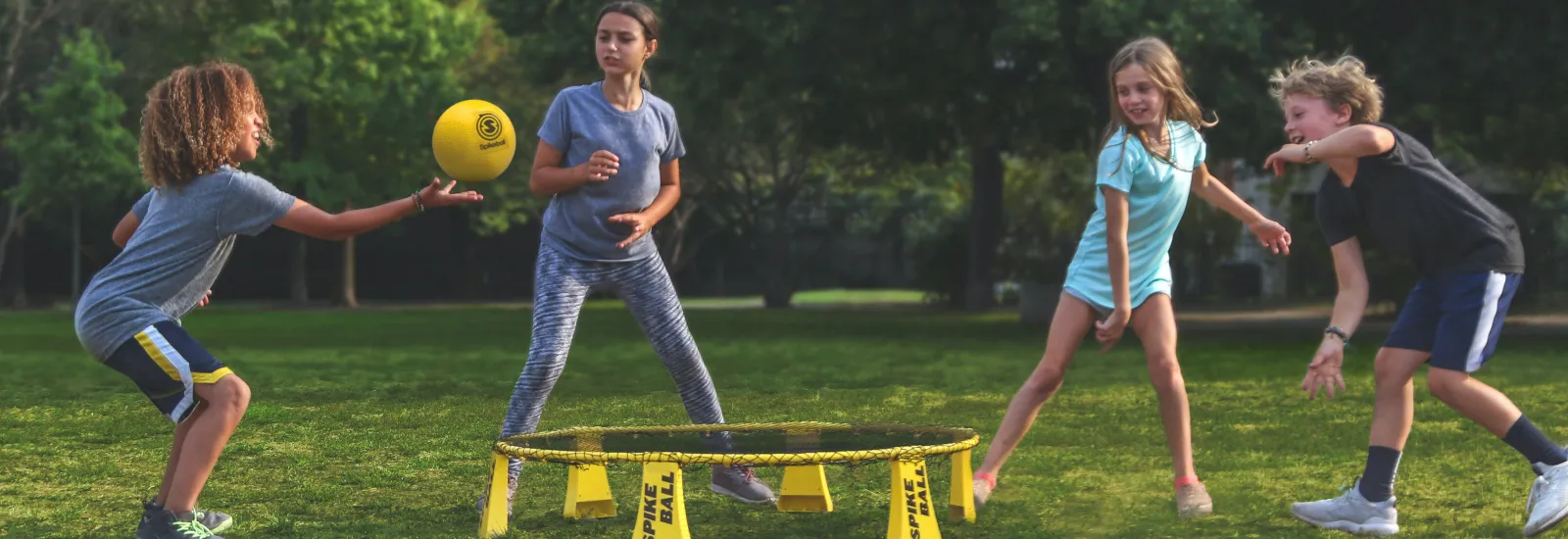
Arthritis in kids: What is juvenile arthritis?
- Pain. Kids with juvenile arthritis often experience pain in their knees neck jaw hands or feet especially when they wake up in the morning. The pain may lessen as they get up and move around during the day. JIA pain can develop slowly and affect both sides of the body.
- Stiffness. Arthritis in kids can cause stiff sore joints. The condition may cause them to limp or hold their arm or leg in an unusual way. Like JIA-related pain this stiffness often improves as they start moving around.
- Swelling. Children suffering from JIA may feel that their joints are warm to the touch and you may see swollen skin or redness around the affected area. This swelling and inflammation can come and go.
- Fevers. Kids with JIA often have fevers and fatigue off and on. You can tell the difference between these and a regular cold virus because a child with arthritis will generally not have other cold or flu symptoms like a stuffy nose a sore throat or a stomach ache.
- Rashes. Some forms of JIA cause skin rashes that can last for days or weeks. Rashes over the knuckles across the cheeks and nose or on their chest back arms and/or legs are common.
Arthritis in kids isn't very common but it can happen. Parents often worry when their children have pain joint stiffness and fevers without an obvious cause like a flu or cold. Here is what you need to know to tell the difference between a run-of-the-mill virus and juvenile arthritis.
What is juvenile arthritis?
According to the National Institutes of Health the root meaning of arthritis is joint inflammation. The term describes a number of diseases that affect the joints and cause pain swelling stiffness and loss of motion. Juvenile arthritis refers specifically to arthritis in children. While kids can get almost all types of arthritis that adults get the most common type in children is juvenile idiopathic arthritis (JIA).
What are the symptoms?
There are several types of JIA but they share some common symptoms the Arthritis Foundation notes. These include:
If you notice any of these symptoms take your child to their pediatrician if they experience any of them for longer than 6 weeks.
What causes juvenile arthritis?
The American College of Rheumatology notes we don't yet know the exact causes of JIA. That means we also don't know exactly how to prevent it from developing.
What we do know is that the condition involves a malfunction of the immune system where the body targets the joint tissues as foreign invaders. This causes inflammation and persistent inflammation can cause joint damage.
How is juvenile arthritis diagnosed and treated?
It can be difficult to diagnose JIA as there isn't one single blood test that can pinpoint it. (There is a test for adults but it's often negative in children.) A rheumatologist will diagnose JIA based on a physical exam the child's medical history and ruling out other possibilities.
If you suspect your child may have juvenile arthritis the first stop you should make is your pediatrician. If need be they can then refer you to a pediatric rheumatology team who can help figure out if your child has JIA and if so they'll develop an appropriate treatment plan. According to the Arthritis Foundation a treatment plan typically involves a combination of medication regular exercise and a healthy diet.

